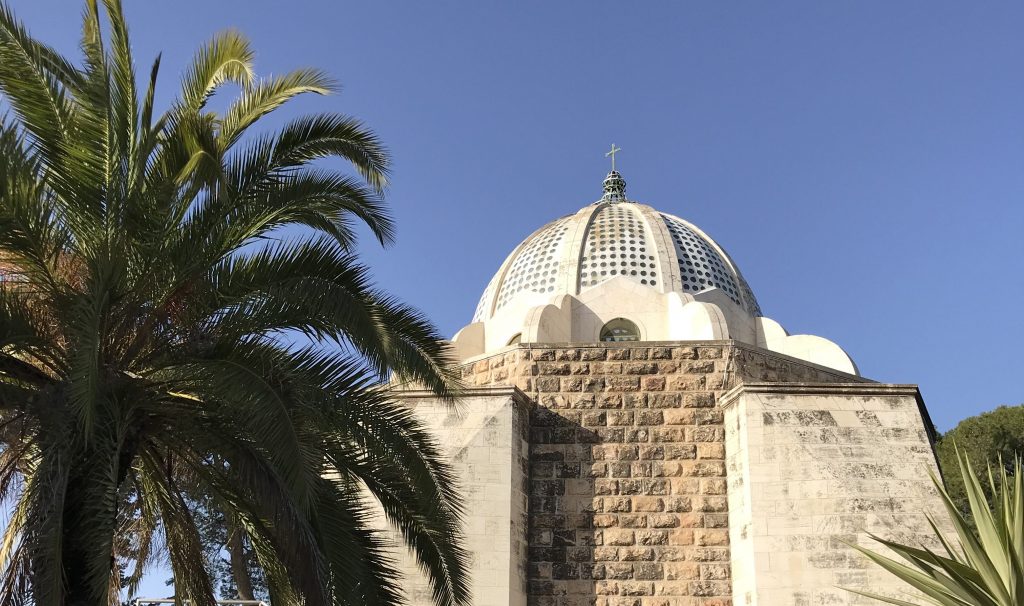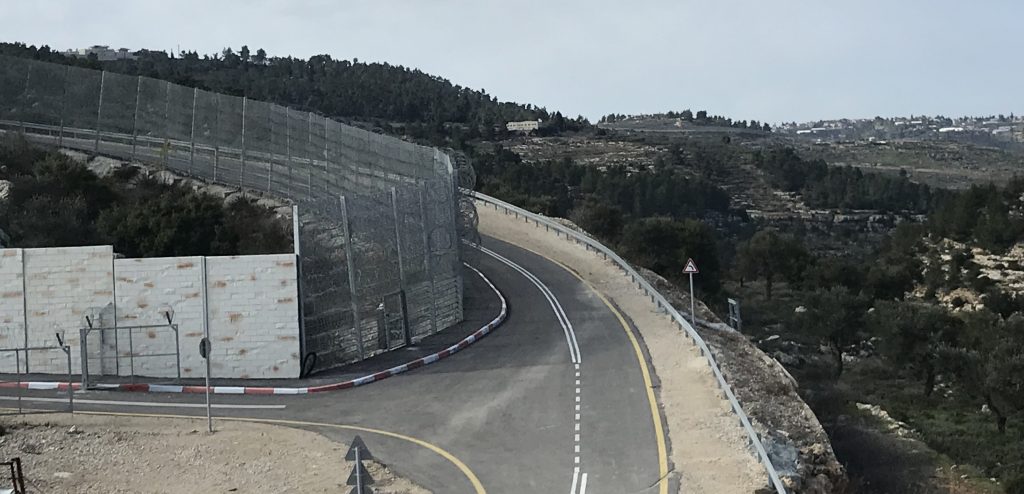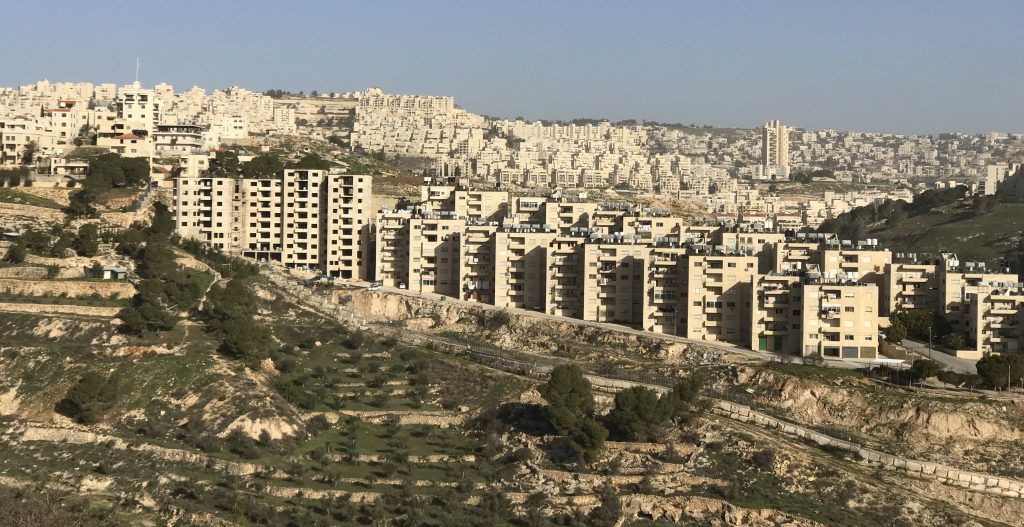
Holy Land Trip | Part 4 | Palestine
Well, the trip has progressed quite a bit since my last email. We have been so busy and have had intermittent access to internet that I haven’t been able to get a post out. We’ve come back to the hotel every day being tired and wanting nothing but sleep. I will still send a few emails and reflections out even as we arrive back in the US to keep the story going for our trip.
We have been visiting a lot of traditional sites in the Holy Land as you will see in the extra pictures below. However, we have also been visiting cities in Palestine and meeting with those serving in areas surrounding the conflict that is going on. I want to take time in this post to briefly lay out some thoughts on the conflict resolution ideas as it relates to the organization of both Israel and Palestine.

Often, we hear of many different solutions to this issue between the State of Israel and the Palestinian Authority. People have a variety of opinions on what the optimal outcome should be. The two most dominant narratives are that there should be one country controlled by the Jewish State of Israel and on the opposite side, that there should be two self-determined states in this land using borders drawn in 1967. Still, there are others with various ideas that mix and mingle with both of those dominant solutions. Most mainline churches still support the two-state solution, but current rhetoric would suggest that might be slowly shifting to a more nuanced view that will be explained later in the post.
We’ve heard from both Jewish rabbis and religious Palestinians about their view of the situation and how it affects them. While I try to hold both sides in contention at once, I am often hindered from doing so by compassion and a heartbroken spirit over the situation of the Palestinians. On one of our visits we heard and saw how Israel has slowly been taking control of Palestinian land, preventing them from renovating their homes, and limiting the movement of Palestinians between their own land with walls and military checkpoints. It’s important to remember that this is happening on land that belongs to the Palestinians. It is illegal according to international law for Israelis to be doing this expansion but with widespread support for the State of Israel, no one has stood against these actions (Zaru, 30).
Palestinians often have to take out of the way routes through their own land in order to get to where they would like to go. We were told that the same trip could take an Israeli citizen 1 hour when it would take a Palestinian around 4 hours to complete at a minimum because of checkpoints and restrictions. In addition, as settlements expand, Palestinian territory becomes smaller and more closed in to the point that the West Bank has become carved up into extremely small and disconnected areas. One Palestinian that we talked with had not seen certain family members in many years as they are not able to move freely between all of the Palestinian cities. Israel has taken control of much land in between that they are not able to travel through. I can’t imagine how this must feel and some on our trip have called these “land locked prisons.”

As if free movement and land control wasn’t enough, Palestinians in many areas are forbidden to build and remodel their homes on land that they own. There was a story shared about how one family had no light in their home and so they installed solar panels provided by a humanitarian organization to provide electricity. Because of the rules that Israel had in place, the military came and ripped the solar panels off of the home, leaving the family in darkness. Across Palestinian areas you see unfinished, abandoned, or disintegrating buildings, some of which they are forbidden to do anything about.
Water has also been a contentious issue. Some believe that Israel has been strategically taking control of land in order to control the water resources, taking away water from the Palestinians unless they purchase it back from the State of Israel (Zaru, 35). Water is a basic need and the Palestinians should be able to utilize the water aquifers located in their own territory, but they cannot. As a result, there is a limited amount of water in those areas and it’s noticeable as you travel through the land.
All of this has been partly spurred by a movement of Israeli citizens trying to move into Palestinian territory and to build settlements. In fact, Israel has been so successful at creating these settlements that they now are a large part of the land area in the Palestinian territories. This is true to the extent that many feel it would be impossible for two sovereign and separate states to ever come from where the situation currently is. Some authors have even referred to the settlements and their ever-growing expansion as an apartheid system (Zaru, 85).

With all the entanglement and complexity around this issue, many here have begun to float the idea of a modified one-state solution. However, this is not the same one-state solution mentioned above with the Jewish State of Israel standing as the controlling government. Some Lutherans living in Israel suggested that the one-state needs to be a democratic government separate from religion. However, many feel that one-state without a Jewish religious component would never work at this time (Halevi, 23).
The most compelling one-state solution proposal has been a model like the European Union. Both Israel and Palestine would be given their own sovereignty in a certain portion of the land. That would presumably utilize 1967 borders. At the same time, Palestinians and Israelis could work, live, and travel freely between each other’s territories while remaining a citizen of the other. Each would have its own leader and the coalition would have a leader as well. While this is an emerging idea, it seems to be one that will contend in the future with the current two-state solution that has widespread support.

In the end, we’ve heard time and again that it is too late for a
two-state solution while at the same time too early to try to implement a
one-state solution. Both sides have conducted themselves in ways that
destroy trust between them. To get to a point where either solution can
be openly discussed and negotiated, the people on both sides will have
to come together, learn from each other, reconcile with the past, and
hold in tension their claims to the land. Many are doing this work and I
will try to incorporate them in later posts.
For now, as complex as this situation is, I leave you with a final
thought. All I have mentioned here are inter-dispute solutions and
problems. However, international policy and aid also play a role in
driving tensions and picking sides. For us, it is important to think
about our own country and its part in this. We just removed much foreign
aid from Palestinians who desperately need it. Our action or inaction
has an effect on the way in which this conflict progresses. While we
should not force or impose solutions here, we do need to be intentional
about our reasoning for support of either side. Ultimately, Palestinians
and Israelis have to come together in order to solve this conflict. We
should not hinder either sides ability to reconcile with one another.
We pray for peace in the midst of conflict, light in the midst of
darkness, and justice wherever injustice is found for Israelis and for
Palestinians.
Shalom, Salam
Sources
1. Letters To My Palestinian Neighbor by Yossi Klein Halevi
2. Occupied With Nonviolence: A Palestinian Woman Speaks by Jean Zaru